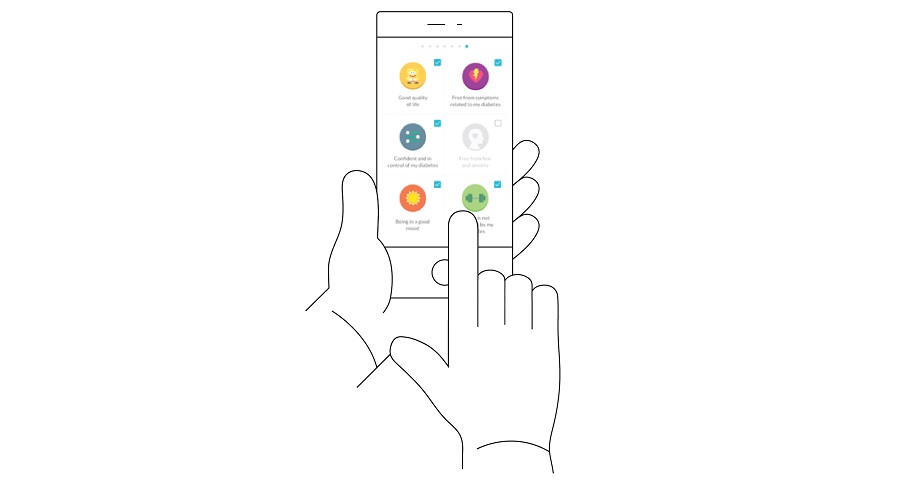As the world moves away from strict reliance on a doctor’s orders, and towards a model that patients contribute to, digital has an important role to play when it comes to patient engagement. And for those with chronic illness, digital patient engagement is a game-changer.
Many diagnosed with chronic illness are quickly ov erwhelmed with having to adapt to a new lifestyle that might include anything from a new medication regimen to diet changes, exercise requirements, and a total lifestyle overhaul.
But digital tools provide an effective method of tracking progress, monitoring medication, and sharing progress requiring half as many trips to the doctor’s office. And for healthcare professionals, tracking and providing guidance becomes easier than ever before.
Different kinds of management tools can include portals that track health records, chat for talking with healthcare professionals, IoT devices that monitor and record physical activity and vital signs, and countless others.
For example, SoftServe created an app with Outcomes Based Healthcare (OBH) to help diabetics track and map their daily activities. The app, Sense 360, uses mobile phone to detect changes in the patient’s phone habits, such as “movement, how fast your walk, the way you hold your phone, how often you use your phone to when you connect to Wifi, and Bluetooth and even the temperature of the air.”

Using machine learning algorithms, the app then tracks how diabetes is affecting the user’s lifestyle without having to rely on the usual numbers that measure blood sugar, carbs, insulin, or weight.
This allows OBH to get a comprehensive view of their patients, instead of making assumptions built on simple surveys that only provide a snapshot of the patient’s overall health.
Want to explore the perks of patient engagement? Read our white paper, “Are You the Weak Link in Patient Engagement?”

